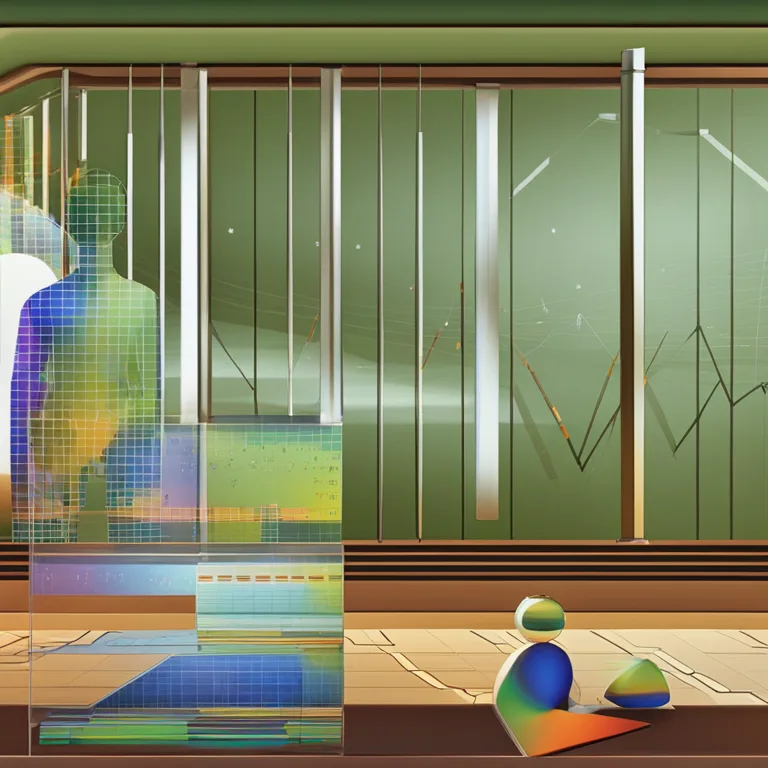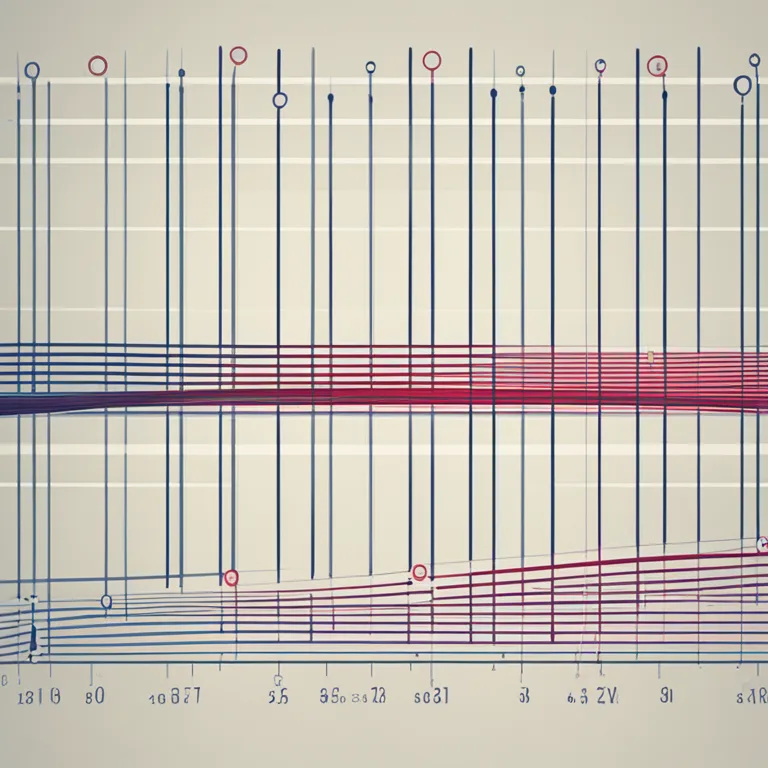
The Intersection of Daily Life and Biorhythms
Delve into the essence of biorhythms and how their cyclical nature can influence your daily life and well-being in today's fast-paced world.
article by Adrian Wallace
Biorhythms Defined
Biorhythms are conceived as invisible waves of energy that are thought to affect our daily lives. The theory of biorhythms dates back to the late 19th century and operates on the premise that our lives are influenced by rhythmic biological cycles. Adherents believe that understanding these cycles can provide insights into a person's emotional, physical, and intellectual states. The fundamental biorhythms consist of a 23-day physical cycle, a 28-day emotional cycle, and a 33-day intellectual cycle. The concept has evolved, and despite skepticism from the scientific community, it continues to be a topic of interest for those seeking personal insight in 2024 and beyond.

Relevance in Contemporary Times
In our modern era, where technology and science advance rapidly, the allure of biorhythms persists. People are increasingly searching for personalized experiences and ways to improve their quality of life. As a result, the application of biorhythms has seen resurgence. There are now apps and software programs designed to help users track their individual cycles. While these have not been proven scientifically, they offer an interesting perspective on personal rhythms and how they might correlate with productivity, mood, and interactions with others. This is particularly pertinent today, when mental health and self-care are at the forefront of societal conversations.

Tracking Your Biorhythms
Biorhythm tracking involves pinpointing where you are within each of the primary cycles. Day one of your life is considered the starting point for these cycles, which move in sinusoidal patterns, transitioning between high, low, and critical phases. High phases are times where you might feel at your peak, with a favorable outlook in the relevant area, while low phases may indicate times of challenge or recovery. Critical days occur when a cycle crosses the midpoint, potentially marking periods of instability or transition. As of 2024, many turn to digital tools for mapping out these cycles, believing that doing so can help them anticipate and prepare for periods of change or stress.

The Skeptic's Viewpoint
Despite the interest in biorhythms, it's critical to acknowledge the scientific community's stance. Skeptics assert that there is little empirical evidence supporting the influence of these cycles on our day-to-day well-being. They argue that biorhythm theory is a pseudoscience, as its principles are not based on rigorous scientific research. Critics also point to the "placebo effect" – if people believe they'll have a good or bad day based on their biorhythms, this belief alone may influence their experience. However, even if biorhythms are more akin to an engaging thought-experiment rather than a scientific guideline, they contribute to the broader conversation on holistic health and personal awareness.

Critical Days and Handling Them
For those who incorporate biorhythms into their lives, understanding how to deal with critical days is essential. Advocates suggest extra caution during these transitionary periods by avoiding significant decision-making or stressful situations. Some even plan their activities, such as important meetings, social events, or rigorous workouts, around their personal biorhythm charts. In this way, the concept of biorhythms serves not only as a tool for self-reflection but also as a mechanism for individuals to practice mindfulness and deliberate planning in their daily routines.
Biorhythms as Self-Reflection Tools
Even if one views biorhythms with skepticism, they can still serve as a tool for self-reflection and personal growth. By contemplating the ebbs and flows of our personal cycles, we might gain a greater understanding of our inner workings. Biorhythm enthusiasts often report that tracking has helped them become more attuned to their body's signals, whether or not these signals are directly tied to the cycles. This heightened self-awareness can lead to better self-care decisions, improved stress management, and a more conscious approach to one's environment and interactions.
Published: 12/28/2023
Modified: 12/28/2023
More predictions
Come back here soon to learn more about yourself and your future


The Reality Of Biorhythm Compatibility
Unravel the truth behind biorhythm compatibility and its role in personal relationships and daily life.


Unlocking Your Body's Natural Clock
Explore the intriguing world of biorhythms and discover how they influence your physical, emotional, and intellectual states.


Biorhythm Theory: Fact Or Fallacy?
Explore the fascinating concept of biorhythms to discern if there's any scientific accuracy behind this popular belief.